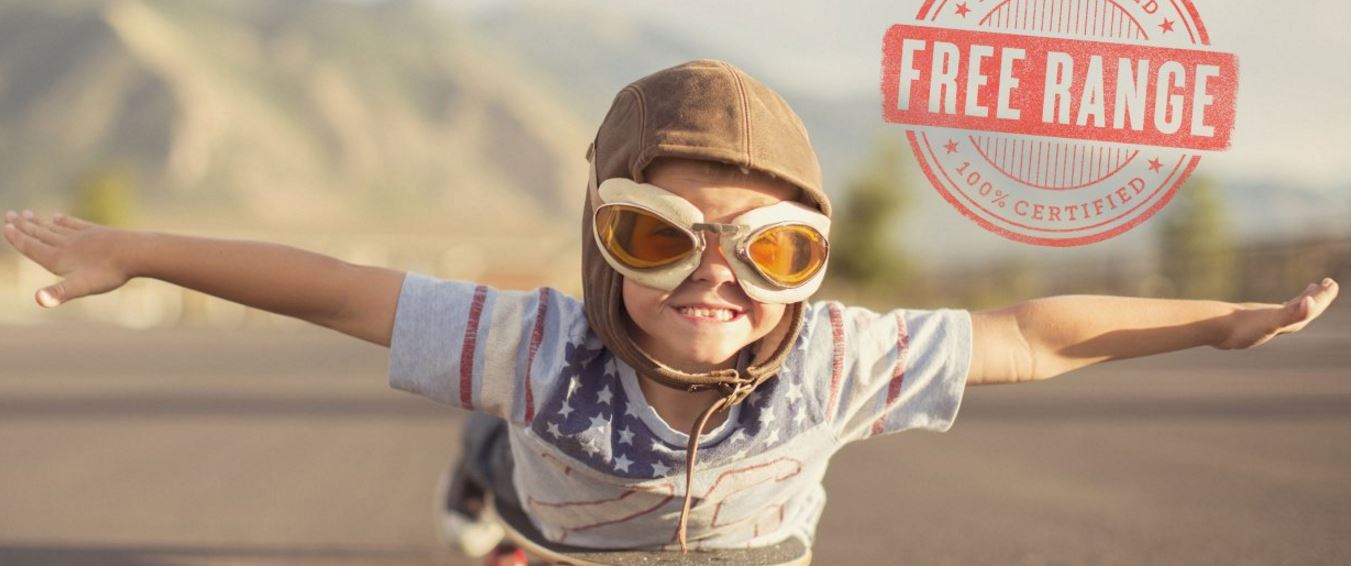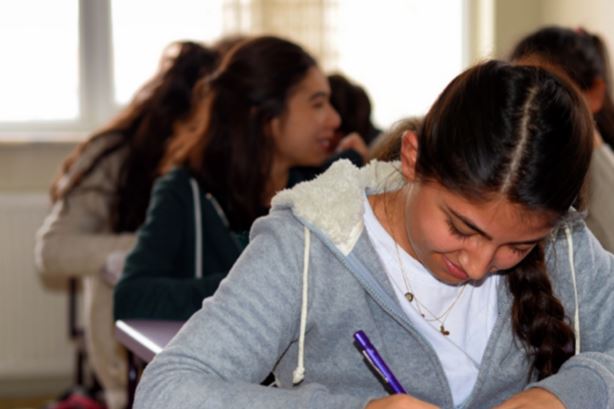

If you aren’t aware of how mindfulness can help your classroom, you should be. Or maybe you have heard of it but you’re not certain exactly what it is. Mindfulness is simply being conscious of how you are feeling in the present moment.There are many strategies to help improve attention and focus in the classroom. There is increasing evidence that introducing mindfulness to the class improves student performance.
What is the goal of mindfulness?
The overall goal or intention of utilizing classroom activities involving mindfulness is that students learn to control their minds and bring them into the present moment. In addition, mindfulness teaches discipline and self-control.
Essentially, you are using meditation to control your thoughts and increase your focus. 60 seconds of focused breathing will recenter the mind. And from that 60 seconds there is room to grow with increased time as the class improves. Teachers who use these tools claim that students are calmer and more prepared to tackle complicated assignments. Meditation is also a wonderful way to transition from one activity to another.
Scientific research supports the idea that daily mindfulness improves health and overall well-being. The addition of guided meditation in the classroom has the potential to improve a student’s learning potential throughout their academic career and lives.
For more about how to improve attention and focus by practicing mindfulness in the classroom, read the original article here:




